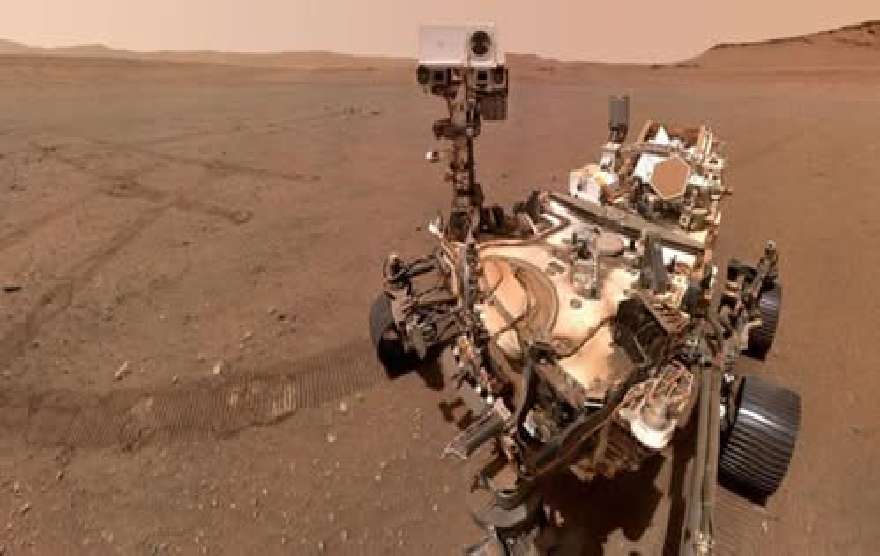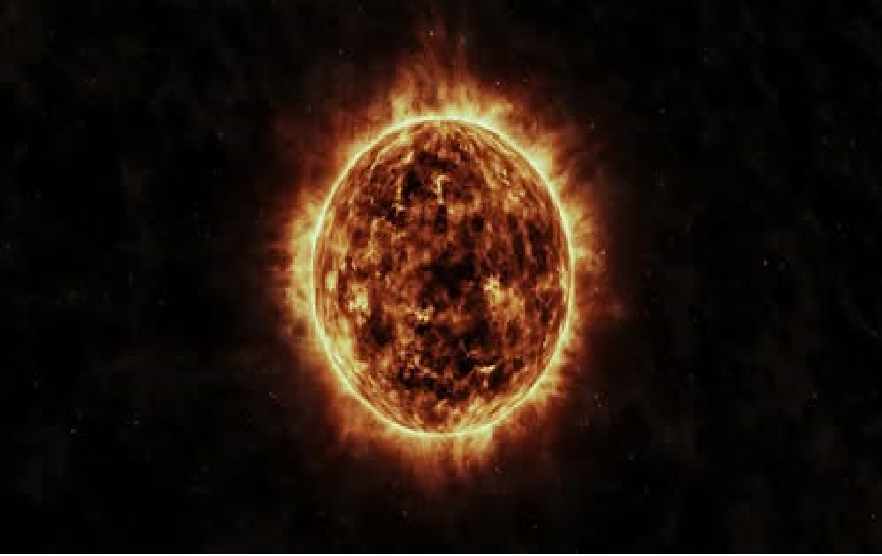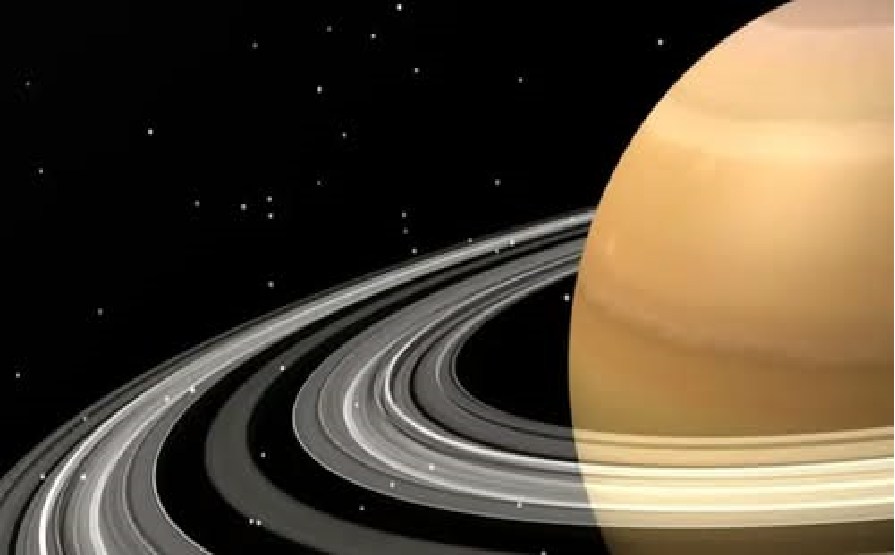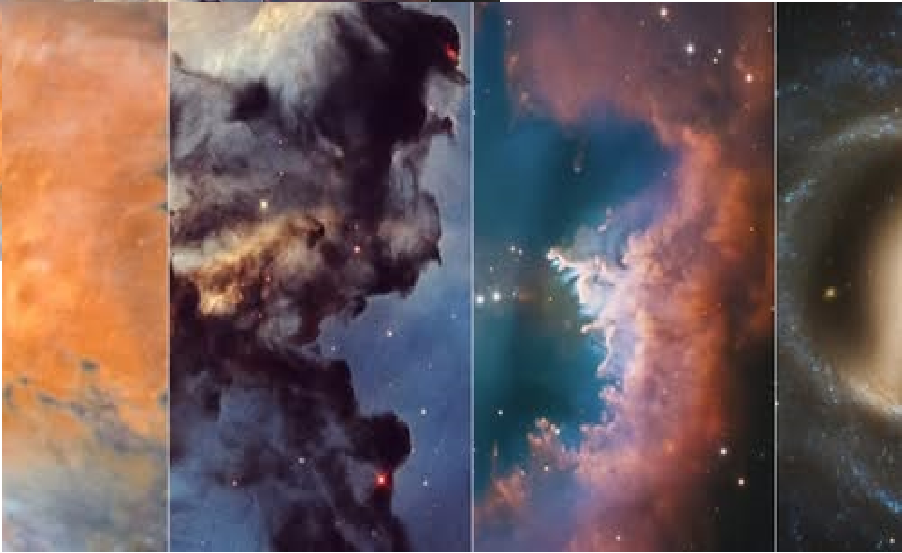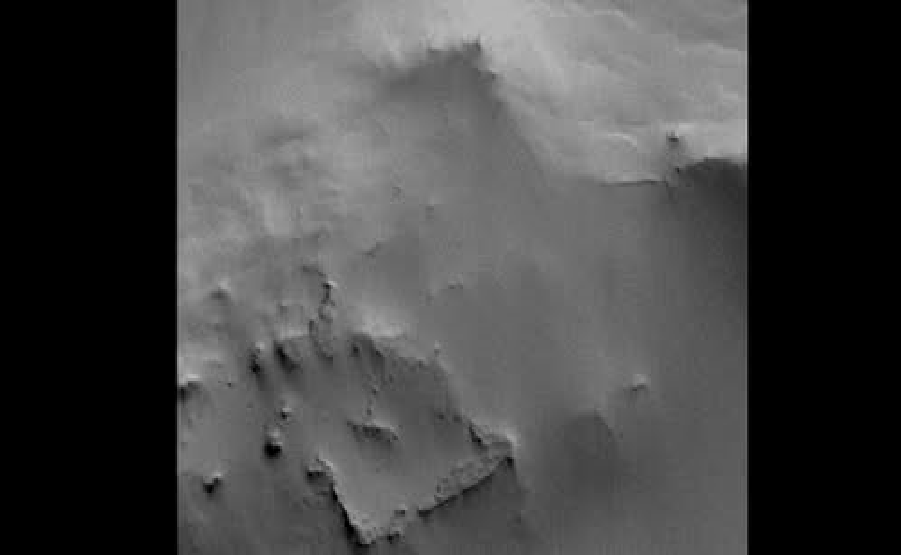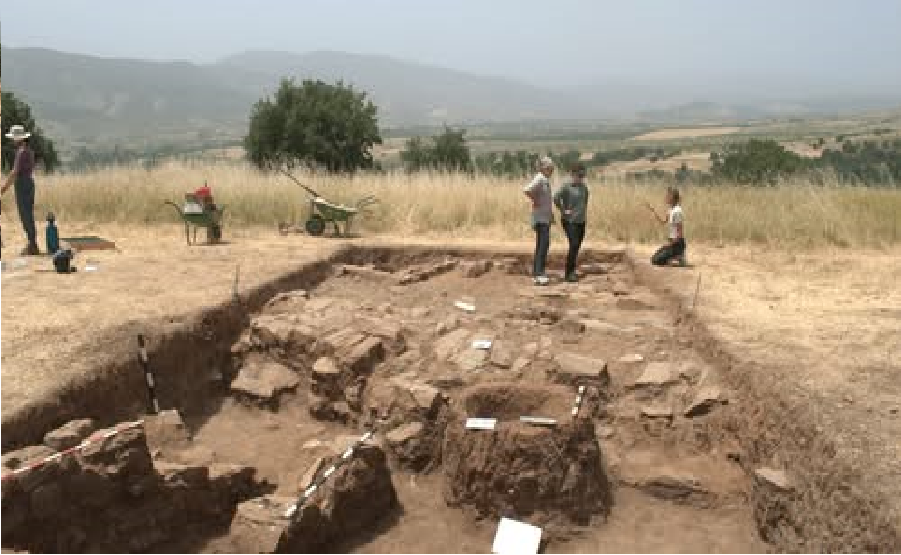NASA Rover Breaks Record For Longest Road Trip on Another Planet
Perseverance is hitting the ‘open road’ on Mars like no other rover. On June 19, the six-wheeled explorer officially completed the longest road trip of any robot vehicle on another planet. In a single drive, the rover rolled over 411 meters of Mars‘ rocky surface (more than a quarter mile).That may not sound like much, but compared to Curiosity and Opportunity, which […]
NASA Rover Breaks Record For Longest Road Trip on Another Planet Read More »
